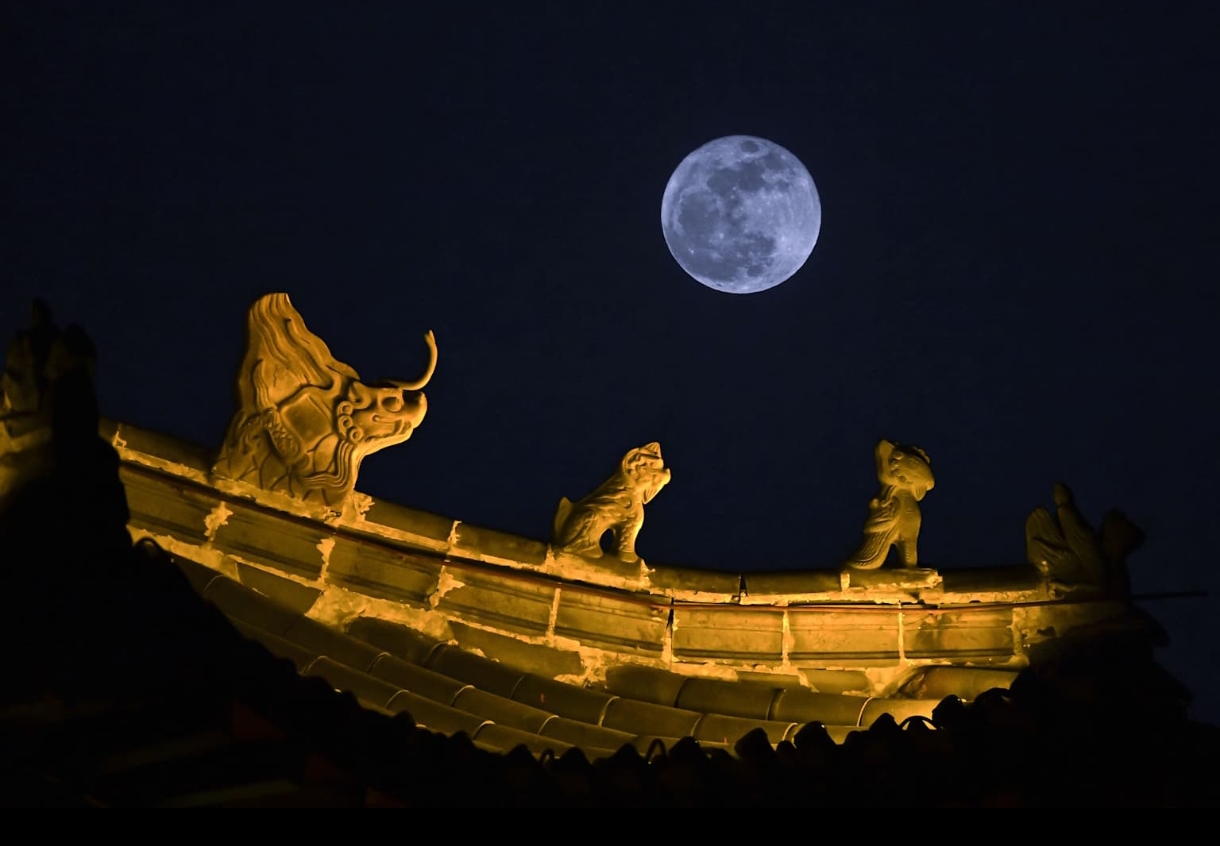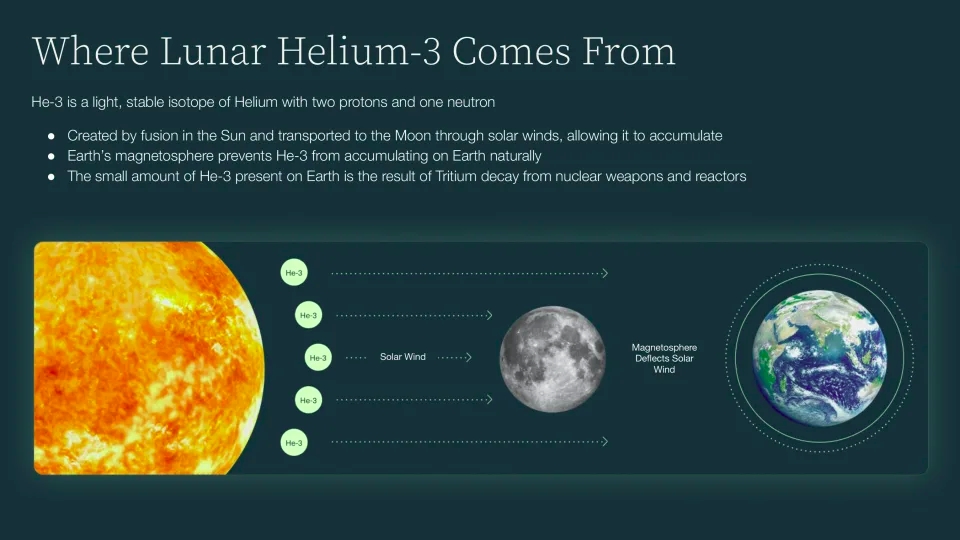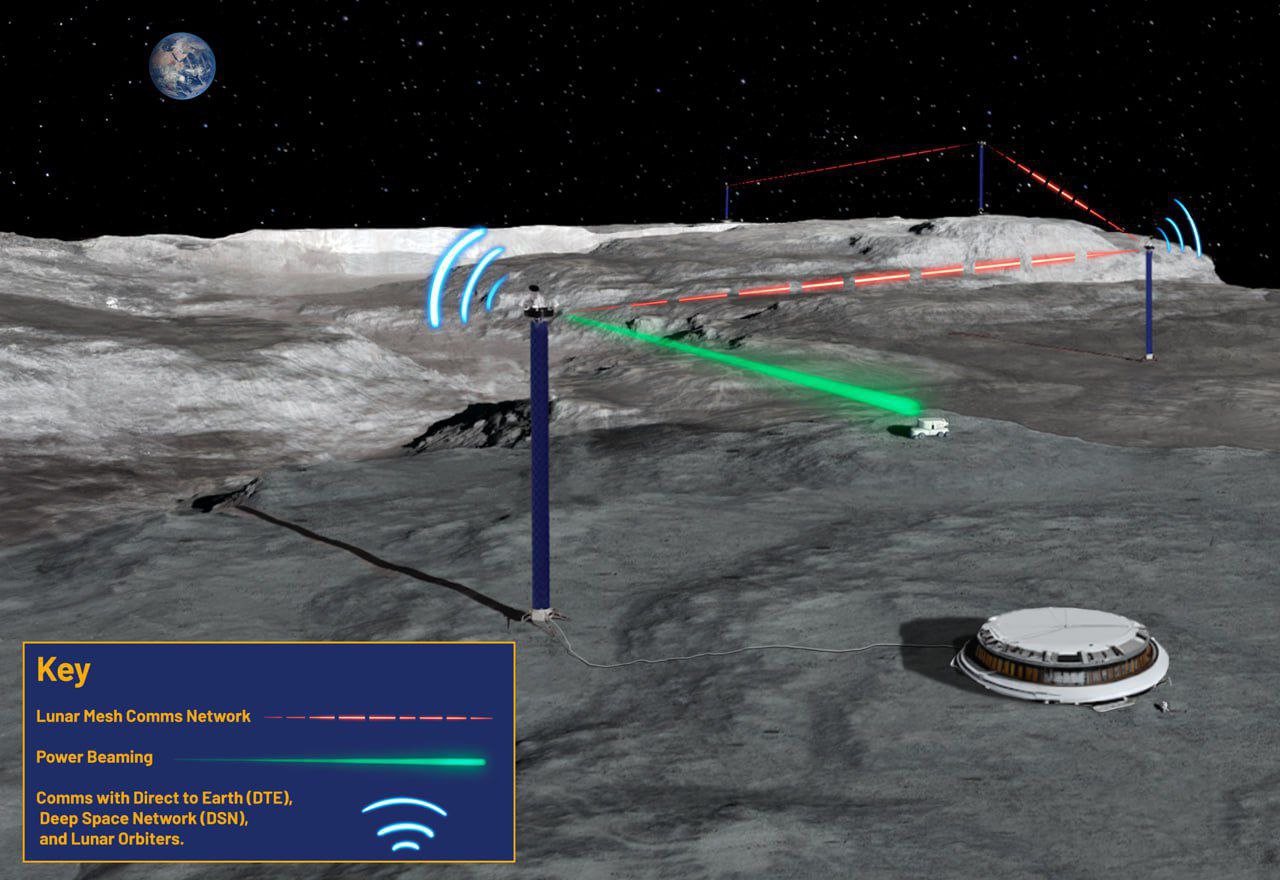Back
Shuvodip Ray
•
YouTube • 1y
The primary objectives of Chandrayaan-1 were to study the Moon's chemical, mineralogical, and photogeological composition. The mission carried 11 scientific instruments from India, the United States, the United Kingdom, Germany, Sweden, and Bulgaria. Among these instruments, the Moon Mineralogy Mapper (M3) provided by NASA played a critical role in confirming the presence of water molecules on the Moon. The spacecraft entered lunar orbit on November 8, 2008, and began its scientific observations. It operated for almost a year, orbiting at an altitude of 100 kilometers (62 miles) above the lunar surface. The mission completed 3,400 orbits around the Moon, capturing high-resolution images and mapping the lunar surface in great detail.
More like this
Recommendations from Medial
SHIV DIXIT
CHAIRMAN - BITEX IND... • 1y
Recently Pakistan launched its first satellite mission to the moon, iCube Qamar with the help of China and the intresting thing is that they use everything made in China they just put 7kg satellite in Chinese mission its sixth lunar exploration missi
See More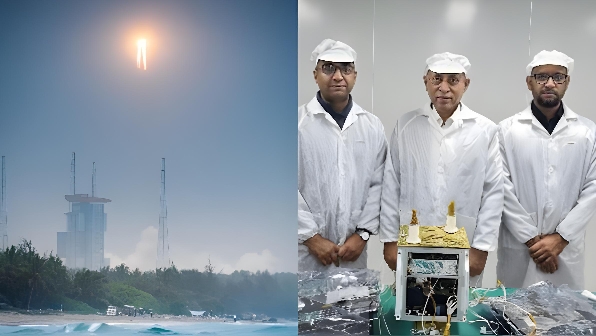
Aaqib Yusuf shaikh
Founder of 1n_voice ... • 1y
AI and Machine Learning: * AI-Powered Search Tools: Several tech giants are racing to develop AI-powered search tools that can provide more relevant and comprehensive search results. * AI in Healthcare: AI is being used to analyze medical images, p
See MoreAltamash Zia
Building Strategies ... • 1y
India's exports to the United States reached $77.5 billion in the fiscal year 2024, reflecting steady growth over the past three decades at a compound annual growth rate of 10.3%, according to a Bank of Baroda report. The key export items during FY24
See More
Jash Bohare
Creating Tomorrow, T... • 1y
Don't you think Bollywood should make more scifi movies? And scifi movies doesn't mean making movies like koi mil gaya, or any other. Bollywood should make movies like interstellar, the mars mission etc. Don't you think so? As scifi movies helps kids
See MoreSatyam Kumar
Pocket says nil.. Mi... • 6m
India’s Young Star: Shubhanshu Shukla on a Mission 🚀 Today, Astronaut Shubhanshu Shukla has made history 🇮🇳 He has become the second Indian to go to space after Rakesh Sharma. He is a part of Axiom-4 mission to the International Space Station (
See More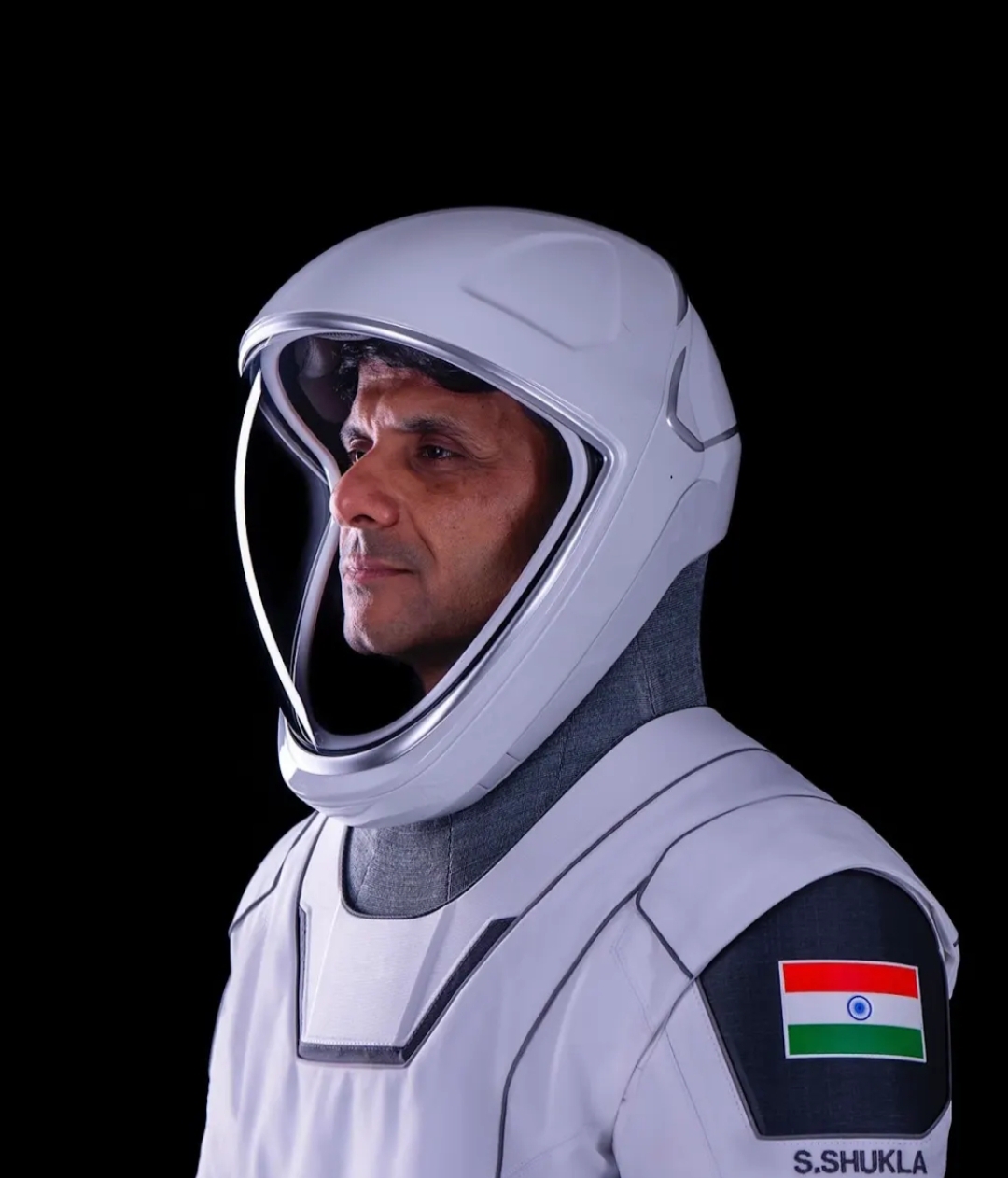
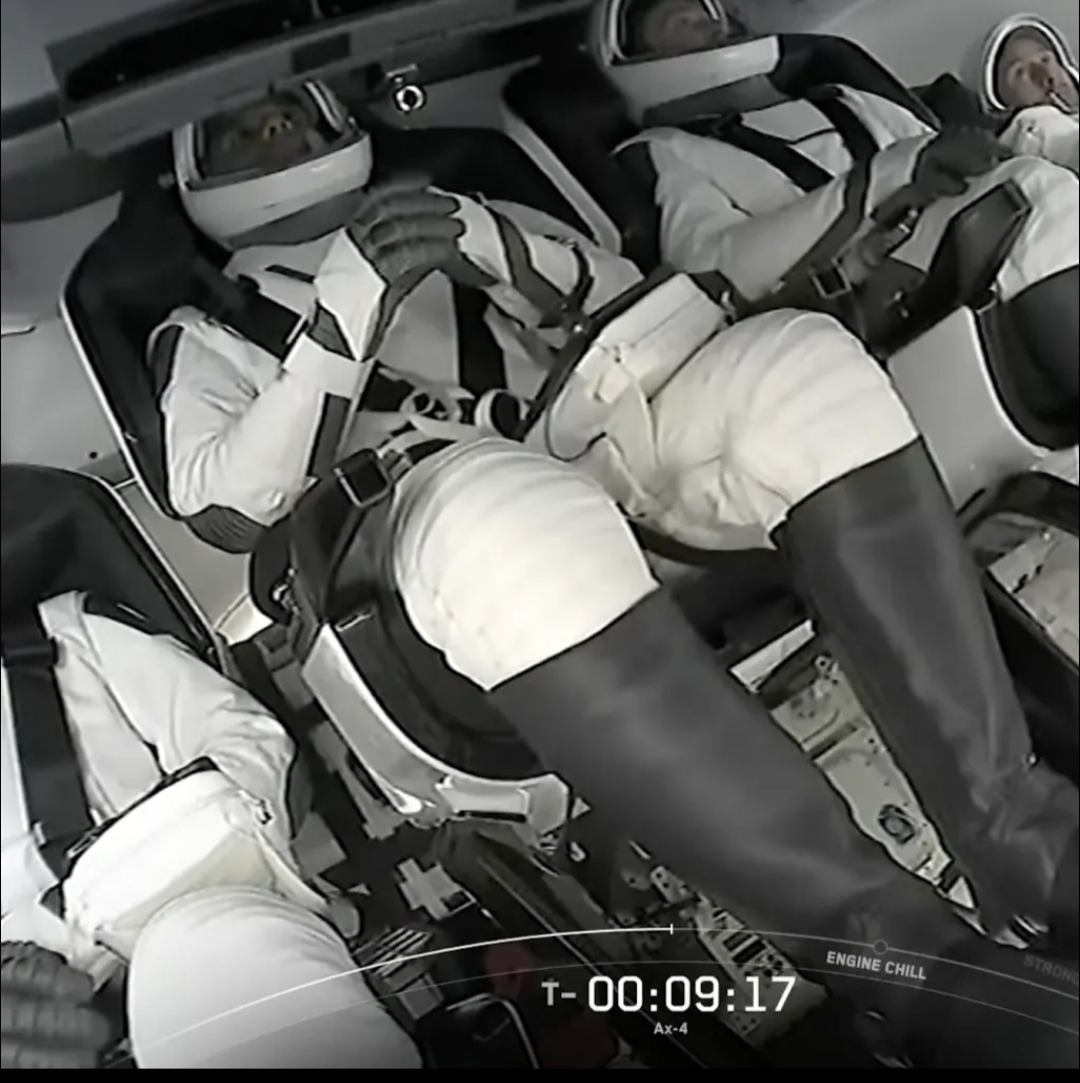

Download the medial app to read full posts, comements and news.




